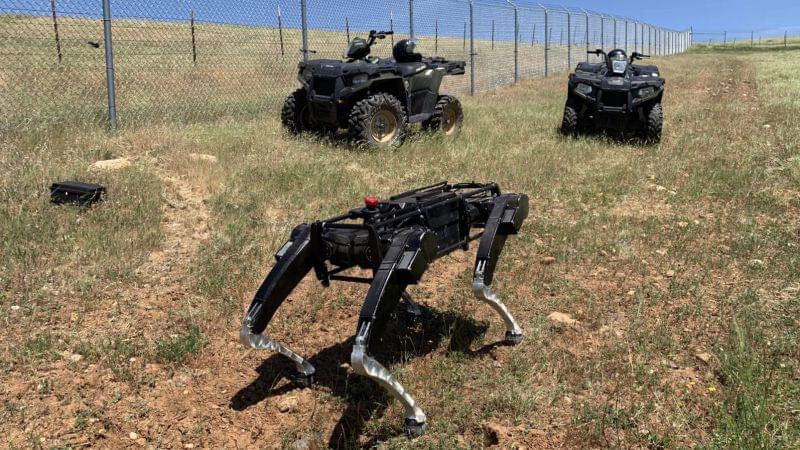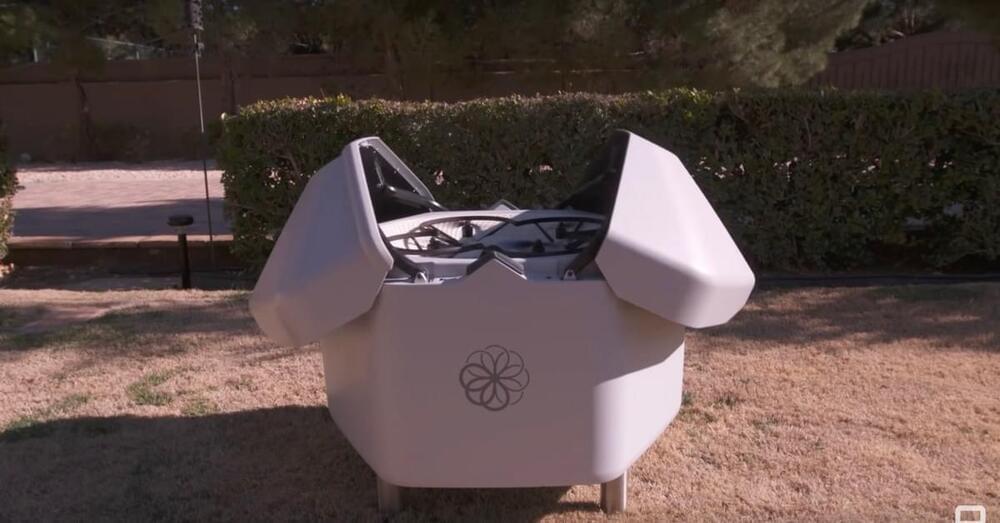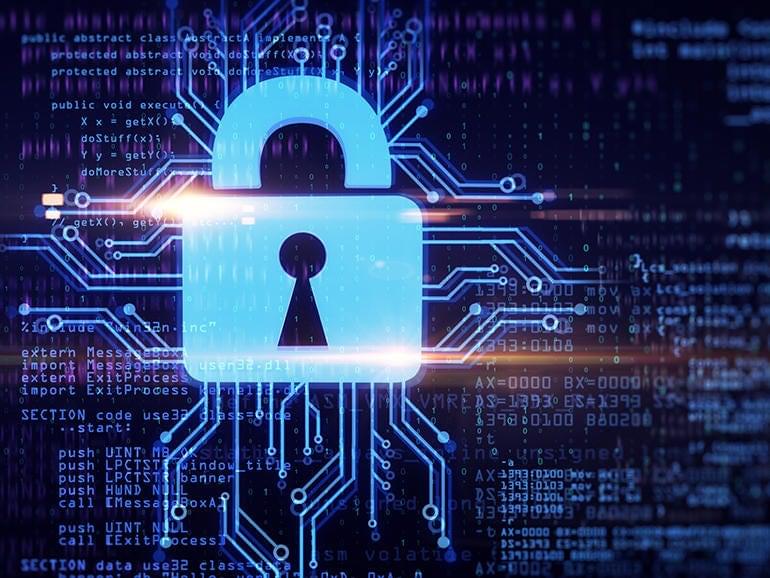DoD announced today awards of $28.7 million in grants to 17 university-based faculty teams through the FY2021 Minerva Research Initiative to support research in social and behavioral science.
“We live in a dynamic world, and many of the challenges we face are social or have social elements to them,” said Dr. Bindu Nair, Director, Basic Research Office in the Office of the Undersecretary of Defense for Research and Engineering. “The knowledge and methodologies generated from Minerva awardees have improved DoD’s ability to define sources of present and future conflict with an eye toward better understanding the political trajectories of key regions of the world.”
This initiative supports basic research that focuses on topics of particular relevance to U.S. national security. Through its network of faculty investigators, the Minerva Research Initiative also strengthens the Department’s connections with the social science community and helps DoD better understand and prepare for future challenges, including National Defense Strategy priorities.









